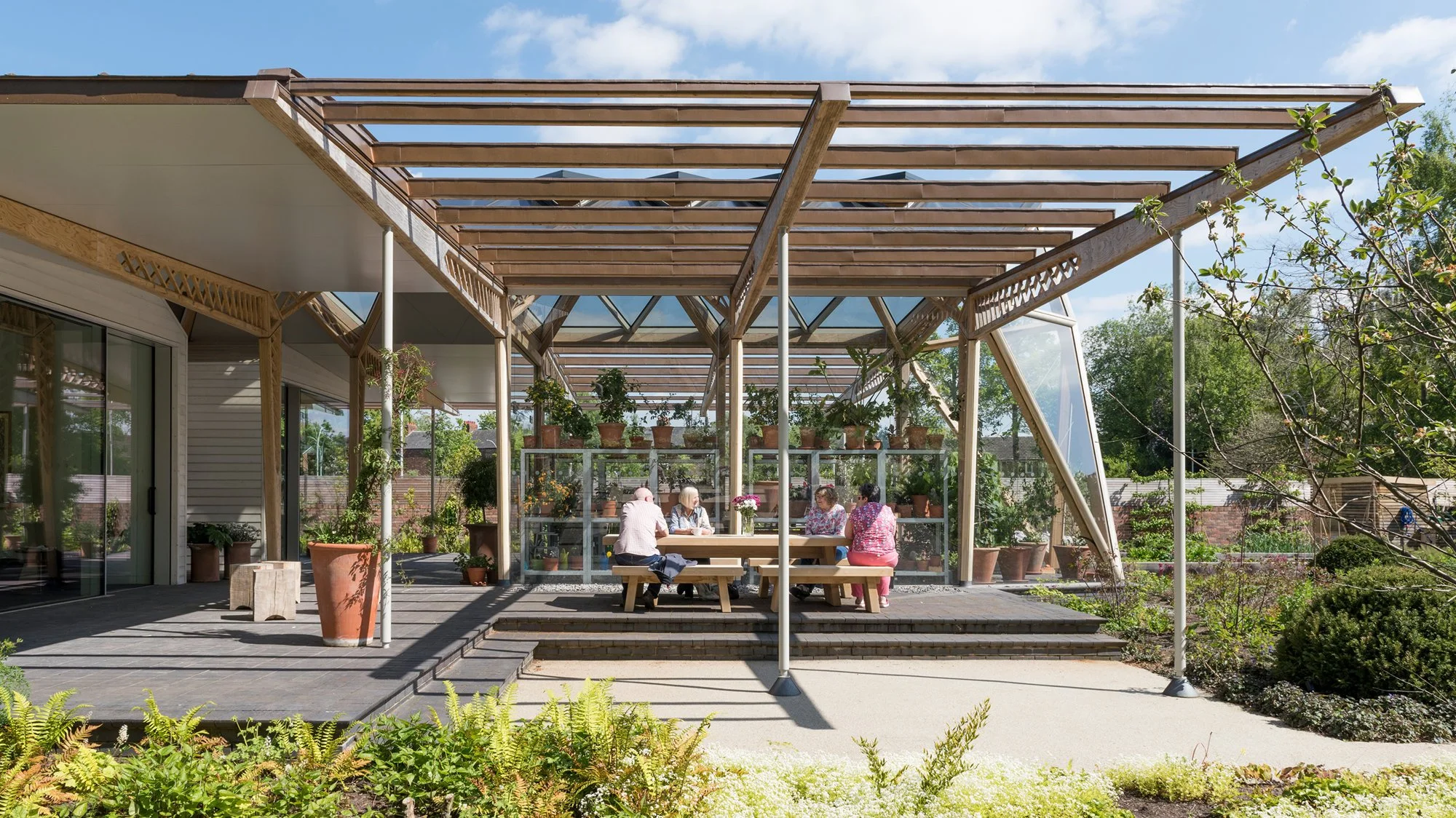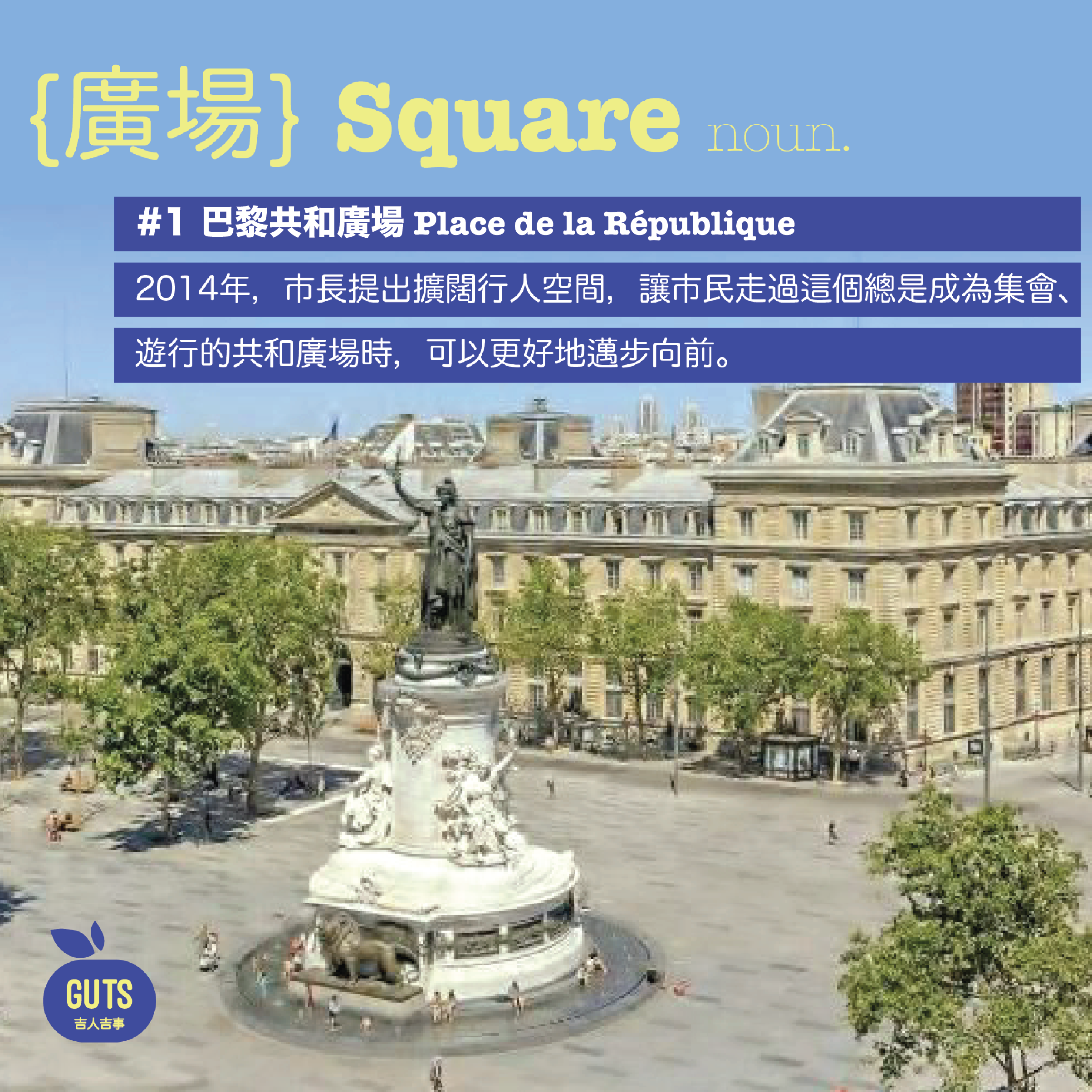未來街市:創新、多功能、共融、傳承|Markets in the Future: Innovation, Multi-functionality, Inclusivity, and Heritage
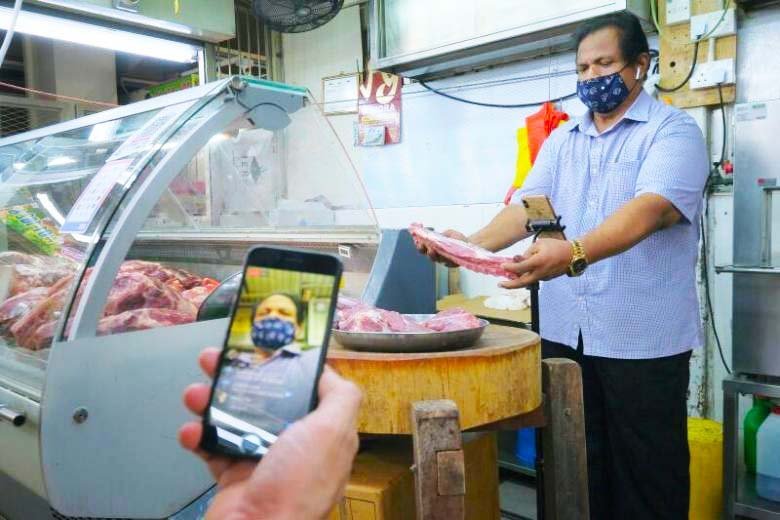
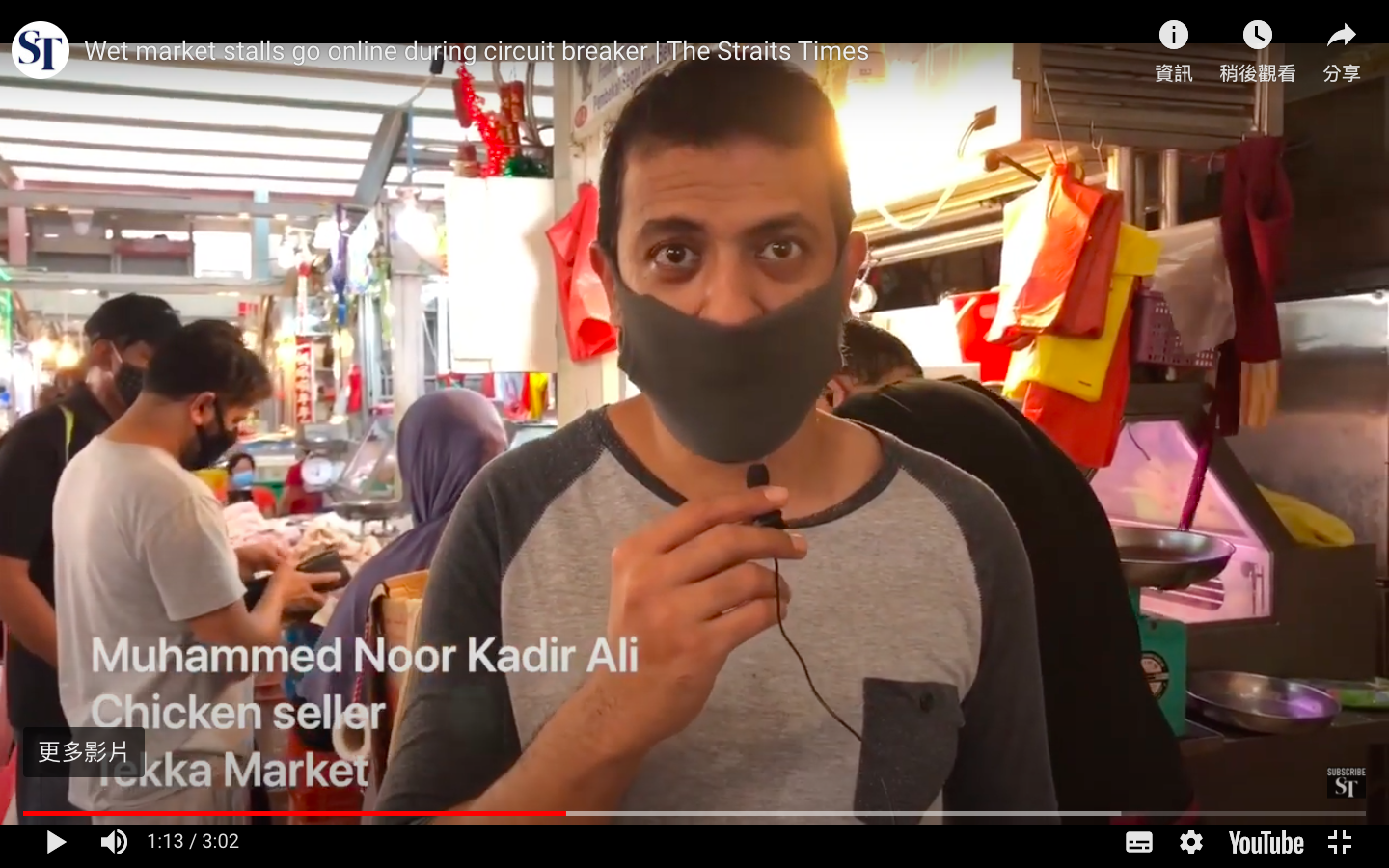
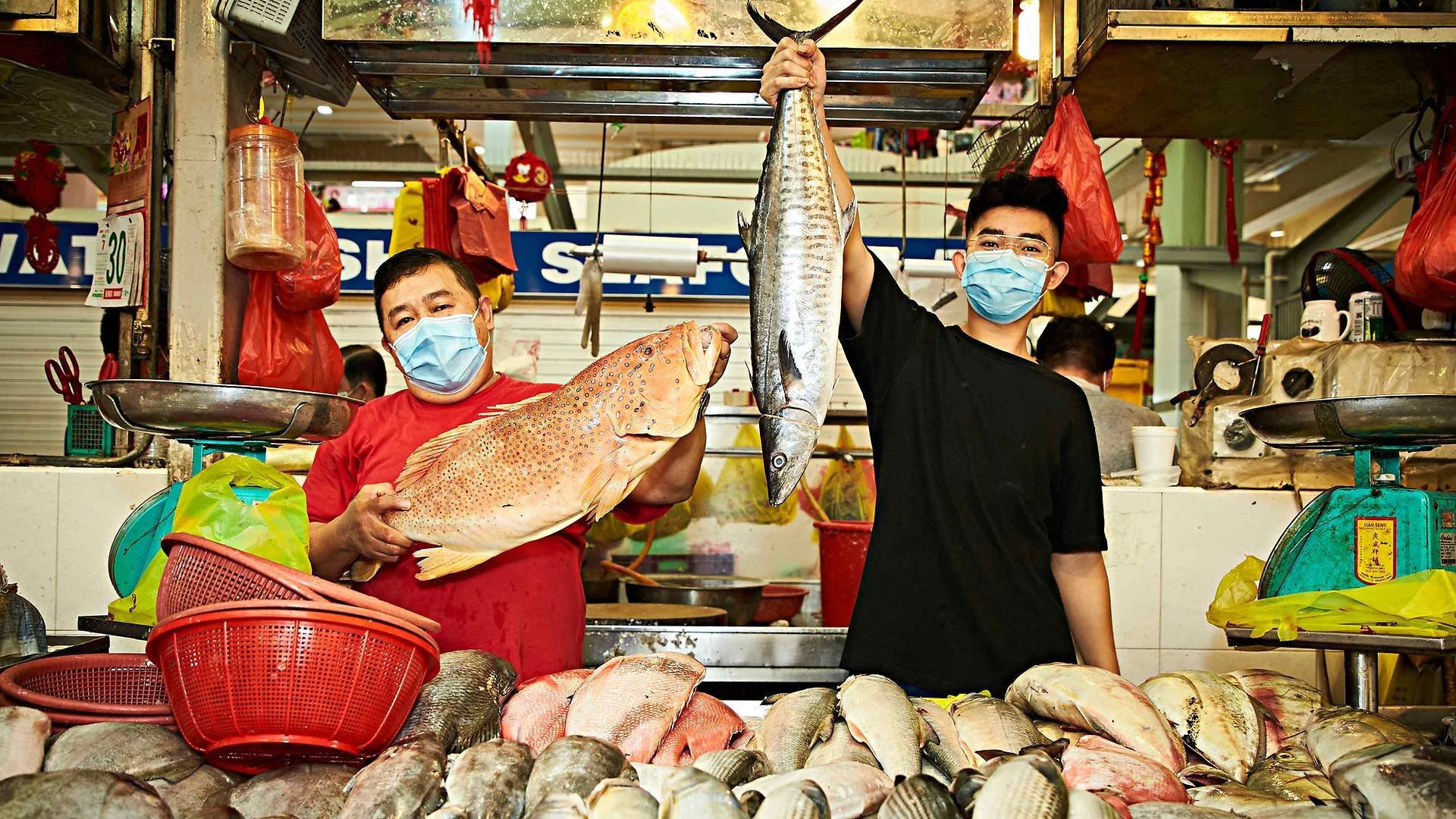
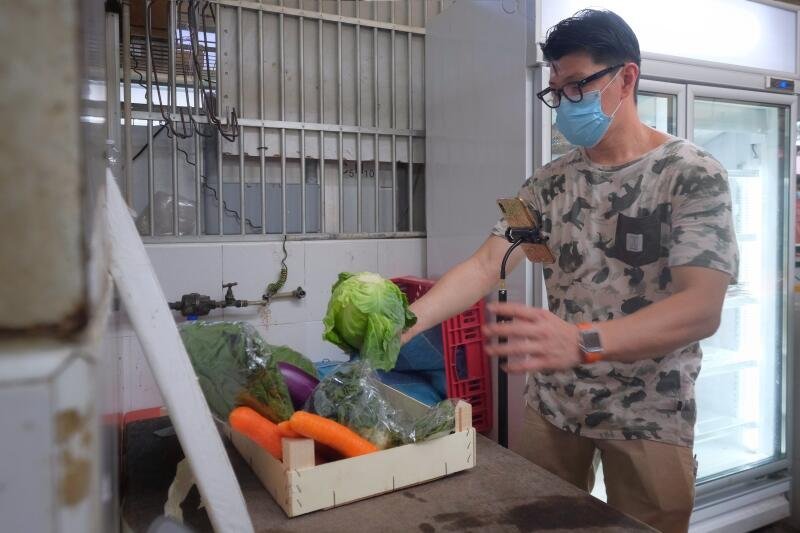

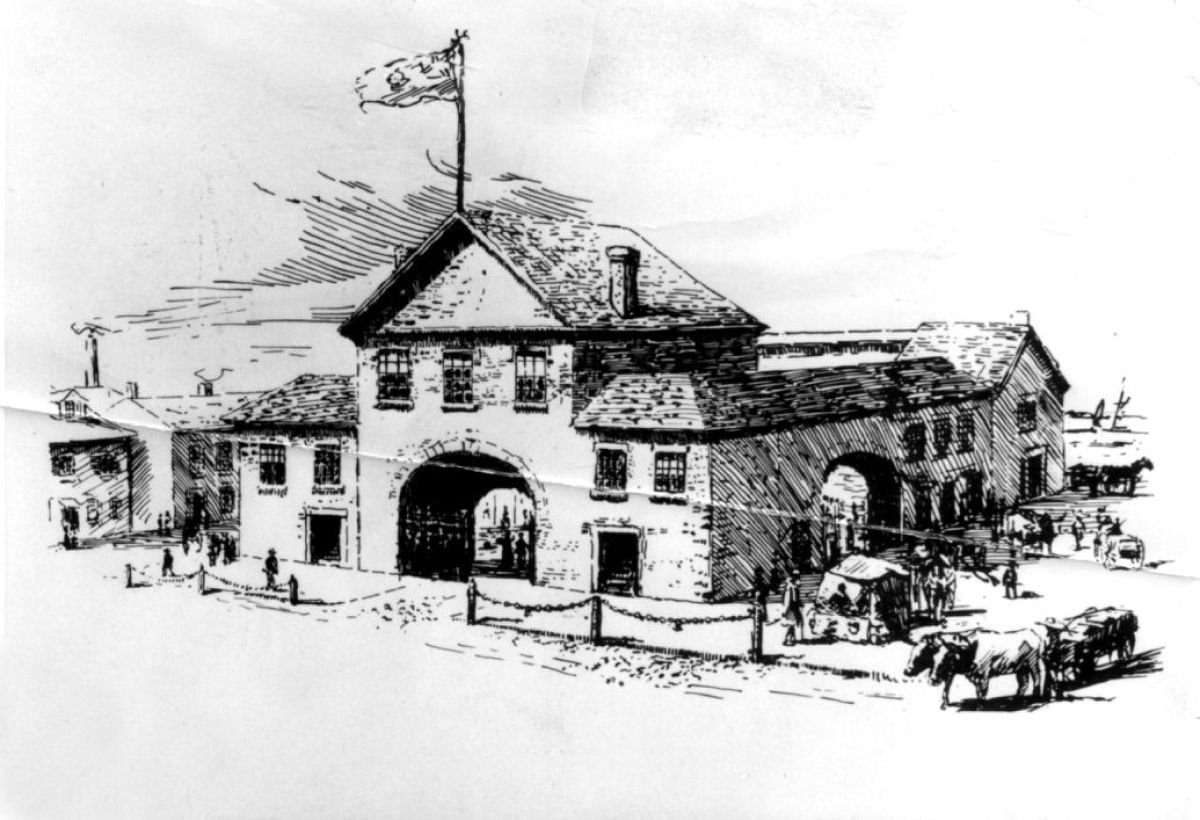
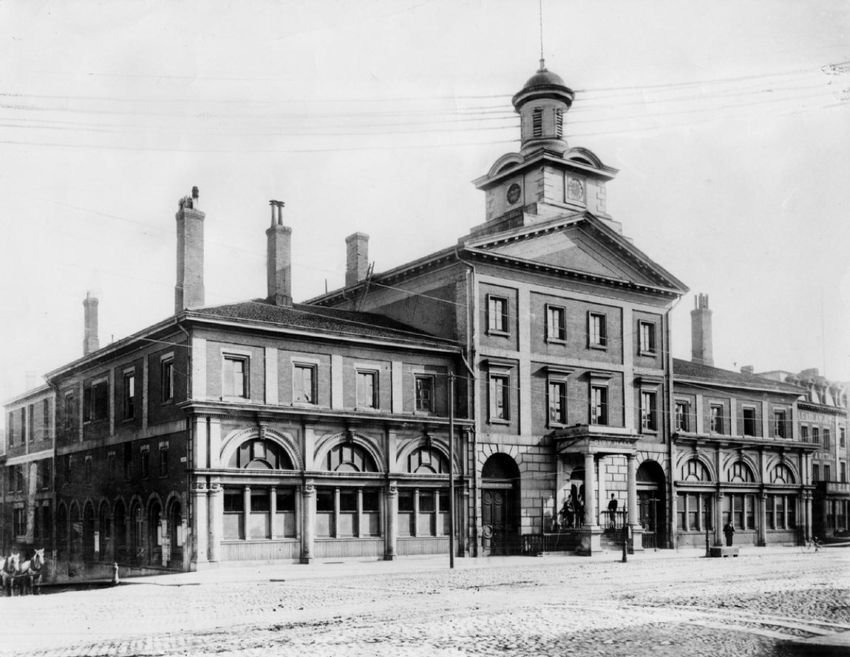

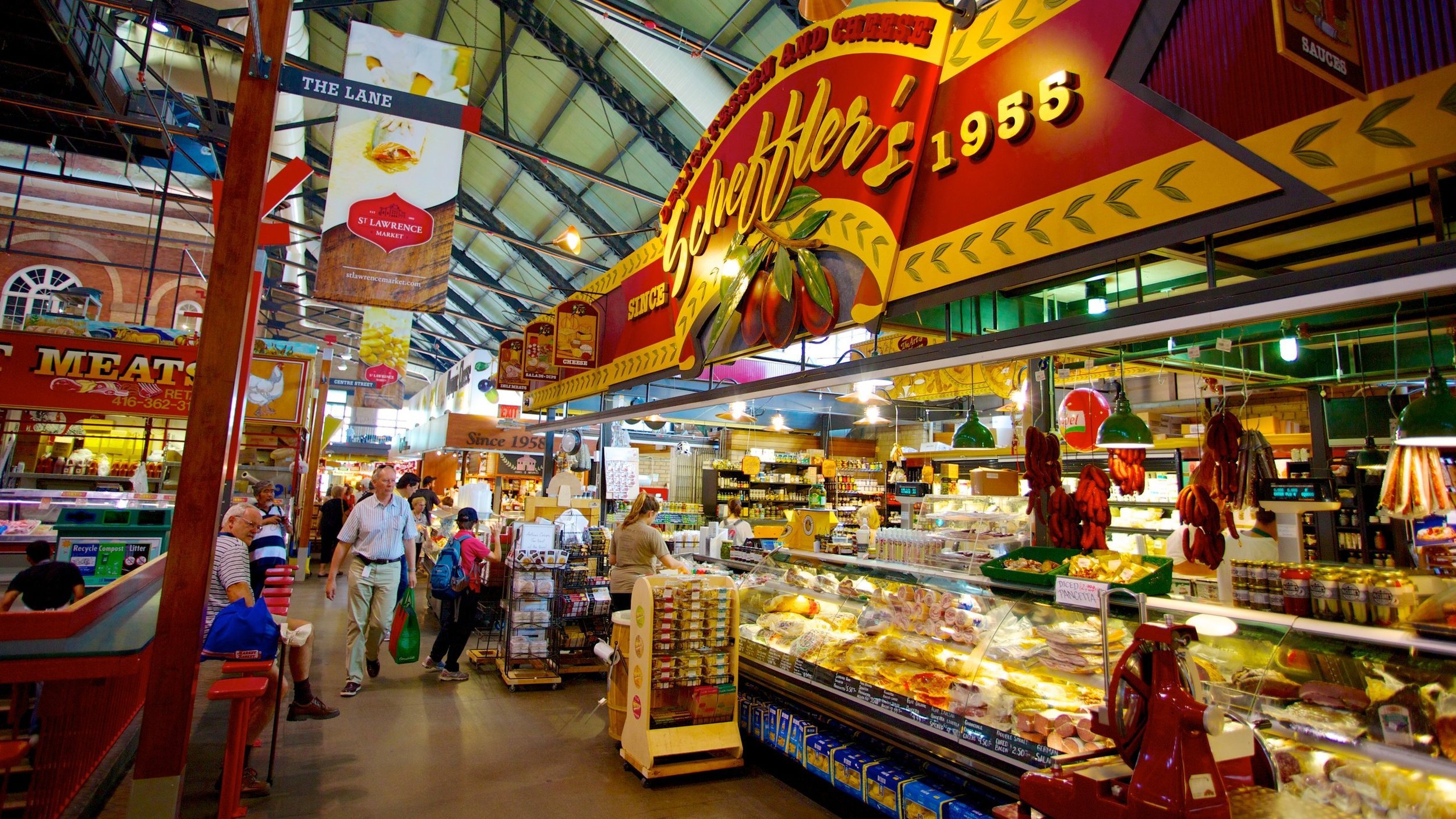
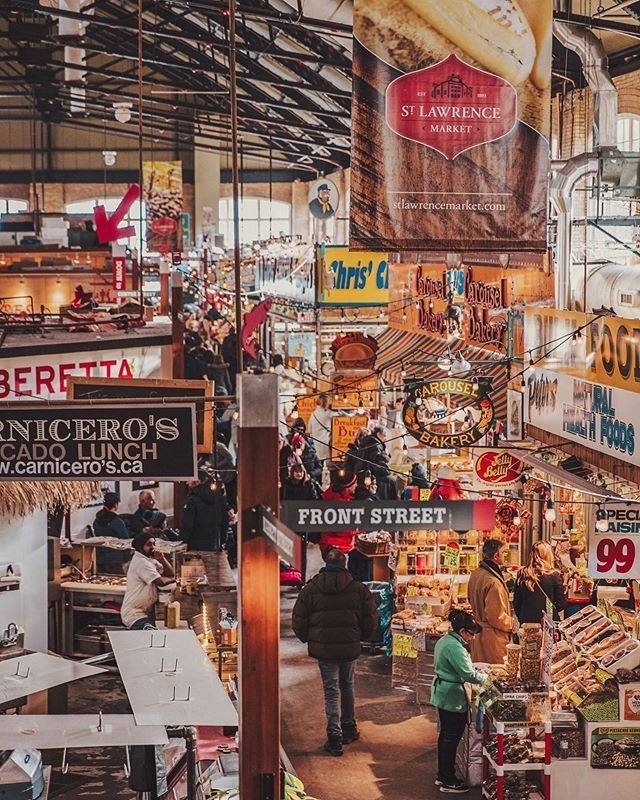
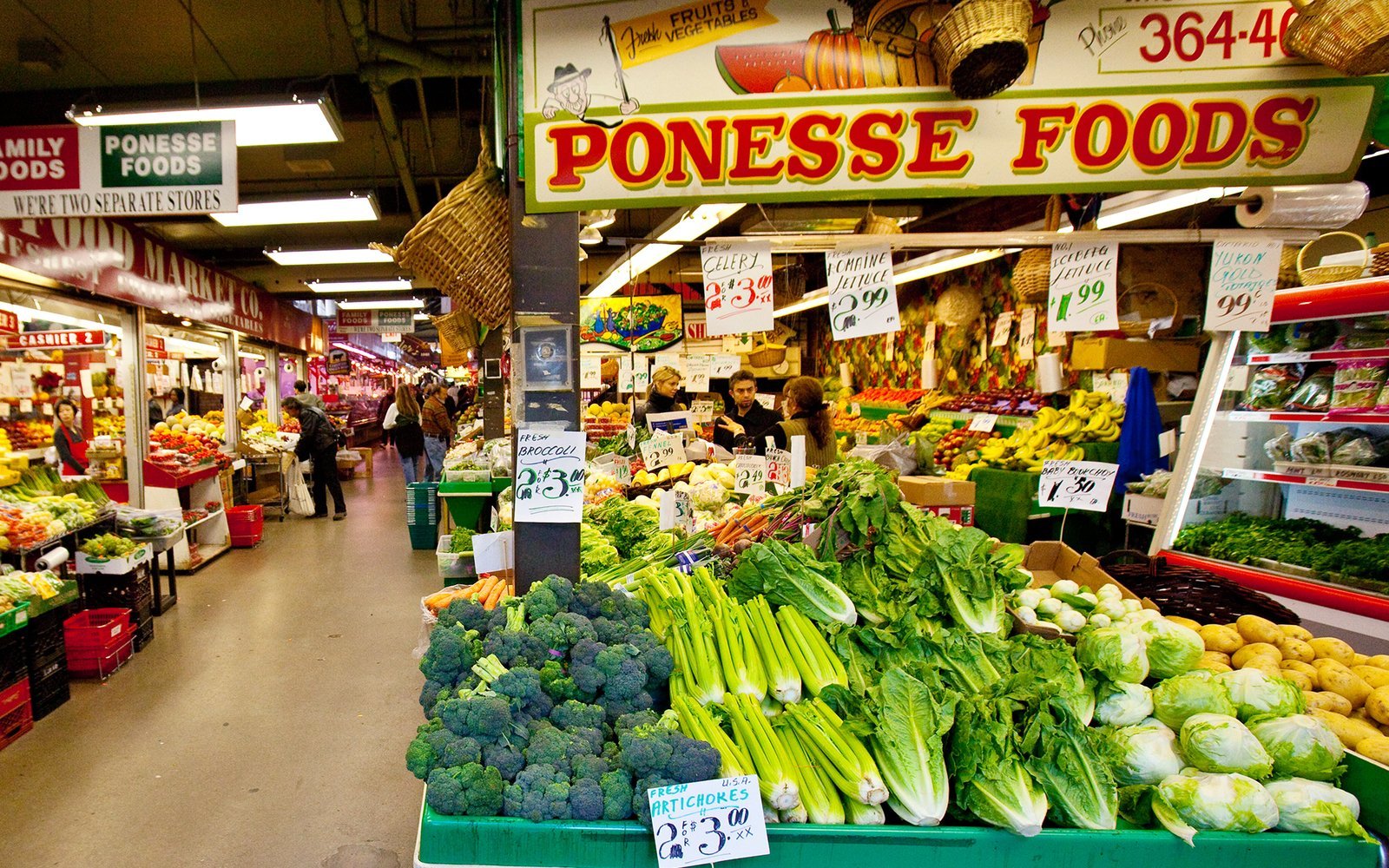
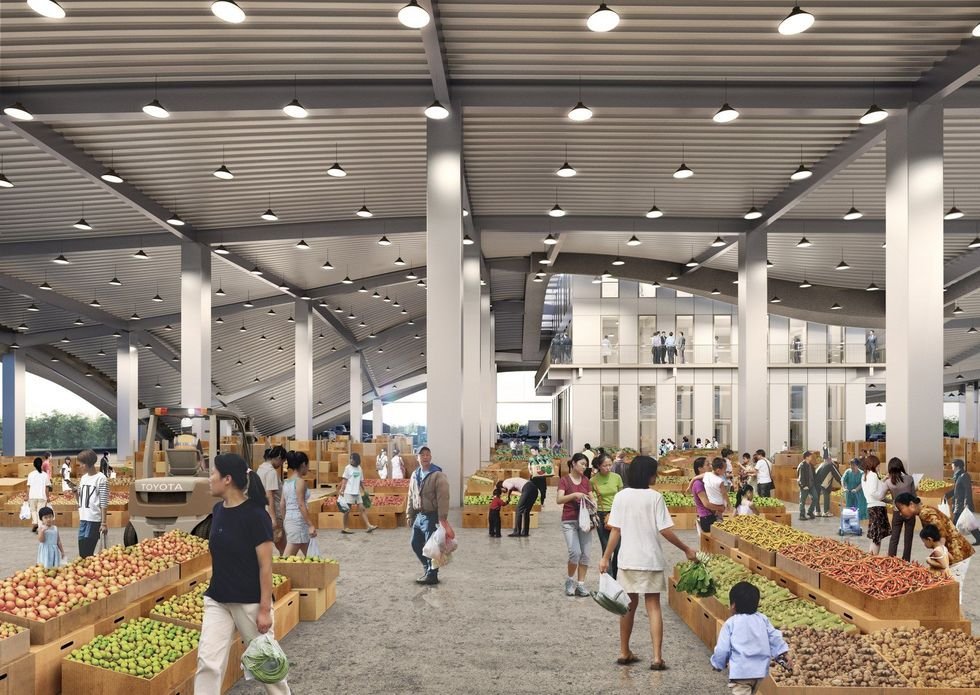
香港人有種共識:最新鮮的食材十居其九藏身街市,而非來自超市或網購平台;部分檔主擁有超強認人能力,記得這個靚仔、那個靚太常買什麼,並主動提供煮食秘技。這種鮮味與人情味,可能就是本地傳統街巿最吸引的地方。
可是,傳統街巿日漸衰落是不爭的現況,它的原因錯綜複雜,但我們可以肯定的是,街巿雖然並非每個香港人的必需品,但它亦無法被新興的購物場所和渠道所取代。那麼,香港的街巿,該如何繼續走下去?除了加強衛生清潔之外,有沒有更好的方法讓它重拾活力?吉人吉事這次嘗試找來新加坡、台灣、德國、加拿大的例子,它們各自以創新、美學、社區設計及歷史,為街市添加生命力,我們或許能從中得到啟發,窺見街巿的未來發展方向。
新加坡:街市檔販 每天網上直播!
跟香港情況相似,新加坡年輕人較少光顧當地人稱為「巴剎」的街市,2018年,新加坡國家環境局進行街市調查,39%國民過去一年未曾踏進街市。當地傳媒訪問年輕人,他們表示已習慣去超市,亦擔心街市的衛生問題。
街市檔主為求生存,各出奇謀,其中一個自救方式,就是經營社交專頁,開拓網上客源。開Facebook Page只是基本,新加坡的檔主在疫情底下,反而能夠愈困難愈創新、突破限制,有人定期在街市做facebook直播!他們逛遊不同檔口,邀請檔主介紹當日精選食材、產地、烹調方法、價錢等,客人通過網上留言及付款,就可以預留或購買食材,甚至享受送貨服務;其中有檔口締造食材半小時售罄的佳績。
除了直播是日精選,有魚檔更把內容拉闊:考慮到年輕人對街市購物感覺陌生,有魚檔在社交平台分享揀魚知識、處理食材的技巧,增強人們逛街市的信心及興趣,這種稱為「內容銷售(content marketing)」的銷售方法,是在科網年代提高曝光率、建立品牌形象的常用方法,不過在沿用傳統買賣的街巿,則是非常少見。魚檔亦跟廚藝學校合作,學生可以到檔口前學習。檔主甚至現身課堂,傳授烹調海鮮的心得,將街市拉進年輕人的生活,成為好的體驗。
台南:菜市場,也是休閒點、展覽場
在台南市,有一個街巿,不止與「濕漉腥臭」沾不上邊,還贏得「全台最美菜市場」的讚譽,相信重開之際將會吸引不少本地人如學生、上班族等!
這個街巿名為「新化果菜市場」將在2022年六月啟用,除了有新鮮食材售賣、擁有街巿的功能,它還結合了餐飲、辦公室、展覽場地,甚至是農田體驗的教育場所。最引人注目的是梯田屋頂,梯田是免費的公眾空間,種植不同農作物,例如菜苗、水稻、菠蘿甚至玫瑰,穿插其中有觀景台、野餐桌、長櫈等,歡迎大眾前來玩樂休息,親近農業。地面的市場採用開放式設計,四周沒有牆壁包圍,自然通風,加上四層高樓底,整體環境開揚闊落。
部分位置用作餐廳、辦公室及展覽空間,向學生、遊人等介紹本地農業及食材,建立城市人與農業的連結,令逛市場的不止是「一家之煮」,到訪的人更多元,重塑大眾對菜市場的好感。
德國:共融設施、教育檔販 街巿善待長者
在長壽國家德國,傳統街巿的發展方向,則是更體貼地照顧年老的顧客。
應對人口老化,德國的認知障礙症長者漸多,政策之一是建立善待長者的社區,長者可以有尊嚴地在家生活、遊走社區,居住護老院不是唯一出路。除了在基建上花心思,加闊行人路,較難揹重物的長者可以帶同購物車,來回街巿可輕鬆行走,沿途也加設長椅,方便休息。而在加強教育後,商店攤檔有認知障礙症的知識,了解如何接待長者,願意互相閒談。部分未能完全自理的長者,政府職員或社區義工上門支援,一起做家務及外出買菜。
這種思路搬到本地街市,加闊行人通道、留意地板防滑功能、設立休息座椅等,是街市設計者能夠考慮的細節。攤檔能否放慢買賣節奏,接待長者?外籍傭工以外,本地人可以成為「街市之友」,在長者逛街市的過程中,協助對方買得好、食得好
加拿大:古老街市,歷久常新
街市不一定要簇新,若經營得好,有逾百年歷史的街巿,不止可於現代社會生存,甚至成為城市的驕傲。
聖羅倫斯市場,是多倫多祖父輩到現今年輕人都一定認識的街巿。市場始於1803年,歷經火災、重建、清拆壓力,與城市一起發展成長,現在已是城內最古老的市場,屬於市民的共同回憶。《國家地理雜誌》形容它是全世界最棒的食物市場,南面市場檔口眾多,賣蔬果、肉類、魚類、烘焙食物、奶製品等,以新鮮聞名;北面市場主打周六農夫市集,同樣有200多年歷史,省內農夫售賣時令農產品,成為本地人及旅客的好去處。其餘日子則出租用作古董市集、跳蚤市場、活動聚會、會議展覽等,保持市場人流及生命力。
地點:新加坡、台灣、德國、加拿大
圖片:網上
Hongkongers share a common belief that wet markets are always the best place to go if you are looking for fresh produce of highest quality. The goods in supermarket chains or online shopping platforms are simply not comparable. Some vendors are excellent at remembering customers’ preferences and needs and will even share their secret recipes. The close bond between vendors and customers, combined with the unbeatable freshness of produce on sale, is probably the key attraction of traditional wet markets.
However, the fact remains wet markets are losing customers. A mix of factors is contributing to its decline, but there is one thing we are sure of. Even though wet markets are not a necessity for every Hongkonger, new shopping platforms and online channels will never replace them. If so, what can wet markets do to improve business? Apart from improving hygiene practices, are there other “GUTSY” ways to rejuvenate markets?
GUTS will take you to several innovative markets in Singapore, Taiwan, Germany, and Canada, showcasing how creativity, aesthetics, community design, and history can help markets to retain its place as the beating heart of a community. Hopefully, these international case studies can inspire local solutions for our wet markets.
Singapore: From stall owners to livestreaming experts!
Like Hong Kong, wet markets in Singapore are similarly losing young customers. According to a survey conducted by the National Environmental Agency[ak1] of Singapore in 2018, 39% of residents had not entered pasars, the Malay word for markets and the common local term for wet markets. Local media interviewed young residents and realized most of them prefer to visit supermarkets and were concerned about the hygiene of pasars.
Hence, vendors have come up with interesting ideas to save their businesses. One of the strategies is to reach out to new customers on social media platforms, such as setting up Facebook pages. When that is not enough to improve sales impacted by lockdowns during the pandemic, many turned creative and started hosting regular Facebook live sessions touring markets! They invite other vendors to introduce recommended produce and ingredients, where they are from, how to cook, and what are the prices, etc. Customers order or reserve the produce by leaving comments and paying online, with complimentary delivery services often included! Some popular vendors with excellent sales could even sell all their products within half an hour!
Apart from sharing what ingredients are in season, some vendors take livestreaming one step further to create online classrooms. Considering young shoppers are not familiar with shopping in wet markets, some fish vendors shared tips on how to choose and cook fresh fish. This kind of content marketing strategy helps to boost people’s confidence and interests in certain goods or services. Though it is widely used in brand building campaigns in recent years, its application in traditional markets is certainly rare. Another innovation is that of collaboration between fish vendors and cooking schools, with students having lessons right at the fish stalls or vendors becoming instructors at cooking schools. Through sharing skills and tips to make great seafood dishes, the distance between the young generation and markets has become a lot closer.
Tainan: Let’s visit an exhibition and hangout at the wet market
In the city of Tainan, an award-winning traditional market dubbed as “the prettiest wet market in Taiwan” will soon come to life. The market differentiates itself from the stereotypical perception of markets as wet and stinky places, and is expected to be well received by the local community, including young students and working class!
The “Tainan Xinhua Fruit and Vegetable Market” will enter service in June this year. Apart from supplying fresh produce like other wet markets, it will also serve as a multi-functional venue providing F&B services, office space, exhibition venue, and even a site for experiential farming. The most eye-catching feature is definitely the terraced green roof, a free-of-charge public space where a variety of crops, including vegetables, rice, pineapples, and even roses, are grown. There are picnic tables and benches along the stepped terraces for the public to relax and enjoy the view. The market is designed as a four-storey structure that embraces openness and natural ventilation. For instance, the ground floor is built without walls to create a spacious and welcoming place.
Some areas in the market are set aside as restaurants, working desks, and exhibition areas for promoting the local agriculture industry and products to students and visitors to reconnect city-dwellers with agriculture. By reshaping the public’s understanding of a market, the Tainan Xinhua Market does not only attract housewives but appeals to a larger community of young market-goers.
Germany: Inclusive elderly-friendly facilities is both about hardware and software
Germany is a country known for its citizens’ longevity, and as such, it is spearheading the redevelopment of traditional markets to become elderly-friendly facilities. In the face of an expanding elderly population and a growing number of elderly with Alzheimer's disease, Germany is encouraging the communities to look after the needs of elders living around them. This offers elderly with more welfare options apart from going to elderly care centres, and allows them to live a life with dignity both at home and within the community. Public infrastructure is also enhanced by building wider pedestrian paths for elderly shoppers pushing shopping trolleys laden with heavy goods. There are also more benches along walkways to offer rest points. In terms of public education, vendors are equipped with knowledge of Alzheimer's disease and learnt skills of having conversations with elderly patients. For those who need help in their daily lives, there are even government staff and community volunteers on hand to help them with housework and grocery shopping.
Measures such as wider pedestrian paths, anti-slip flooring and rest benches, are indeed applicable to our local markets. Some were already adopted by market designers. However, would market vendors slow down and be patient with the elderly? Can we show more kindness and offer help to make life more convenient for our elderly neighbours?
Canada: A historical and enduring market that the city
A good market is not necessarily new. A hundred-year-old market can leverage on its well-established operations and reputation to secure its future in the modern society, and even become a city’s pride.
The St. Lawrence Market in Toronto, Canada is famous among people of all ages. Built in 1803, the market has survived a fire, undergone renovation, and continues to serve the city. It is the oldest market in Toronto and remains at the heart of the community. National Geographic calls the market “the greatest food market in the world” as the South Market within St. Lawrence is known for its abundant supply of fresh produce, with stalls that sell vegetables, fruits, fresh meat, fish, bakery products, dairy products. The North Market is also popular among locals and tourists for its Saturday Farmers' Market, a 200-year-old tradition where farmers from Southern Ontario come together to sell their seasonal produce. When there is no farmers’ market, the building is rented out to temporary antique markets, flea markets, or used as a destination for social gatherings, meetings, and exhibitions. This keeps the venue in active use to serve Toronto residents.
Location: Singapore, Taiwan, Germany, Canada
Image: Internet
你可能對以下吉人吉事有興趣:
You may also be interested in these GUTS Stories:




